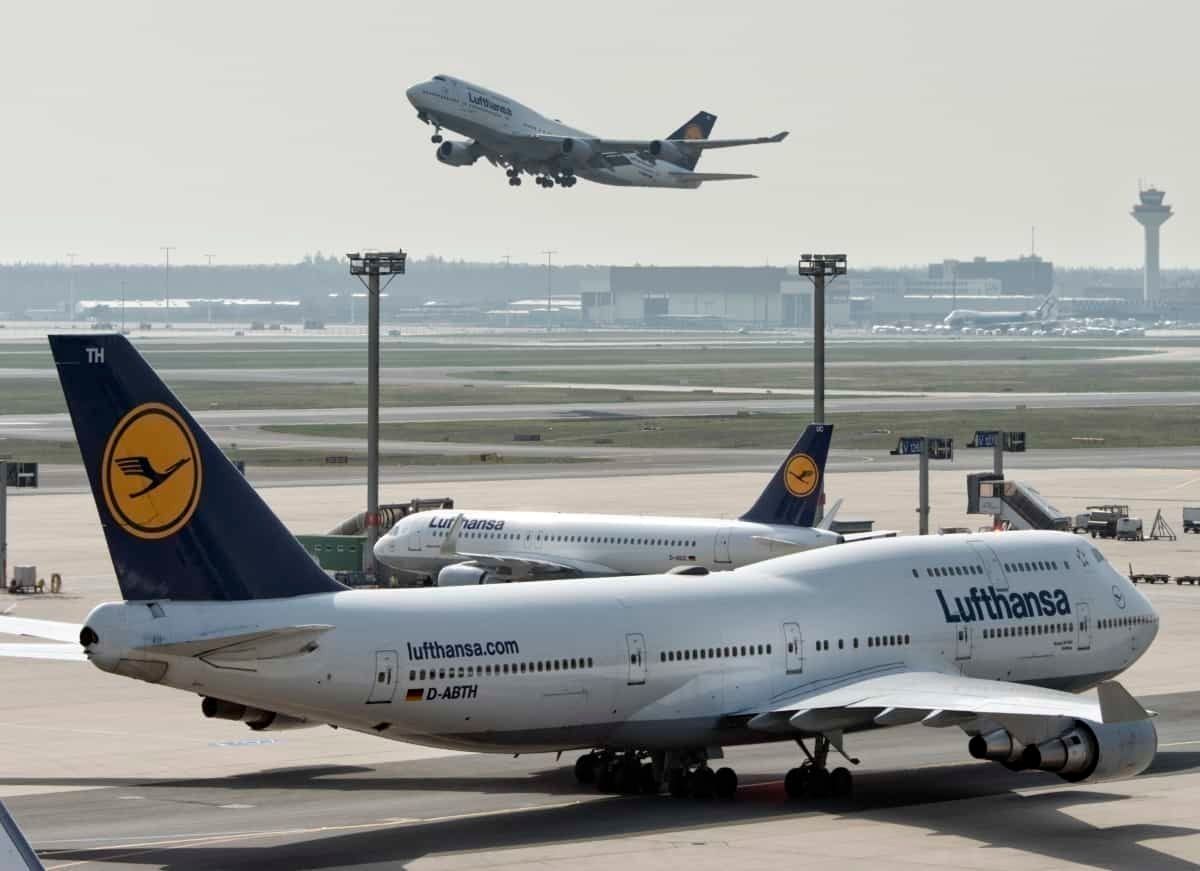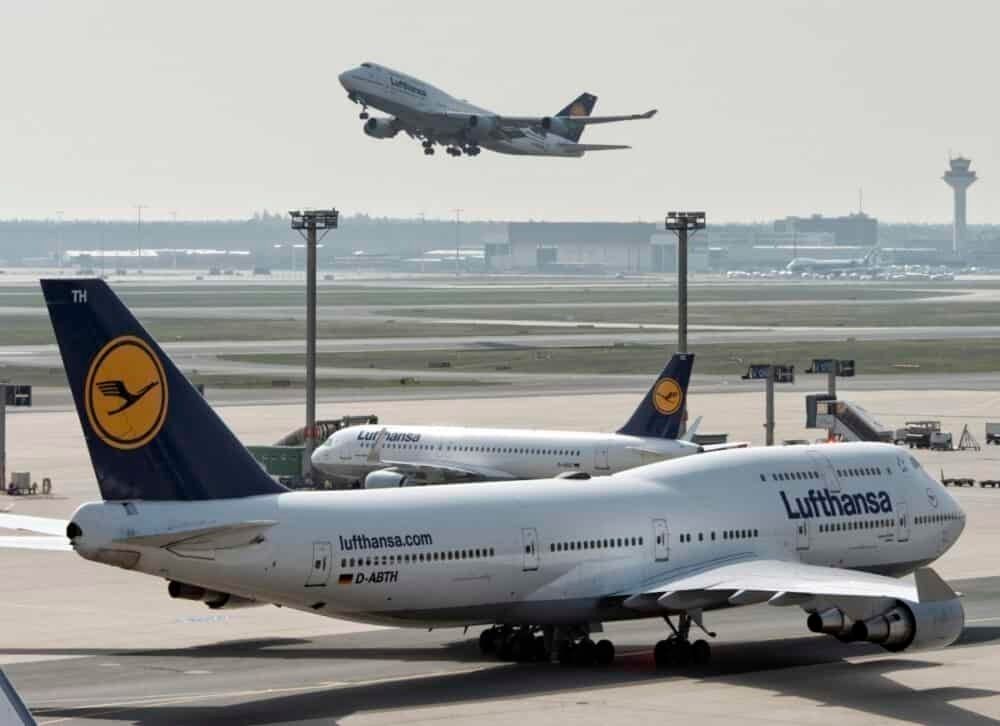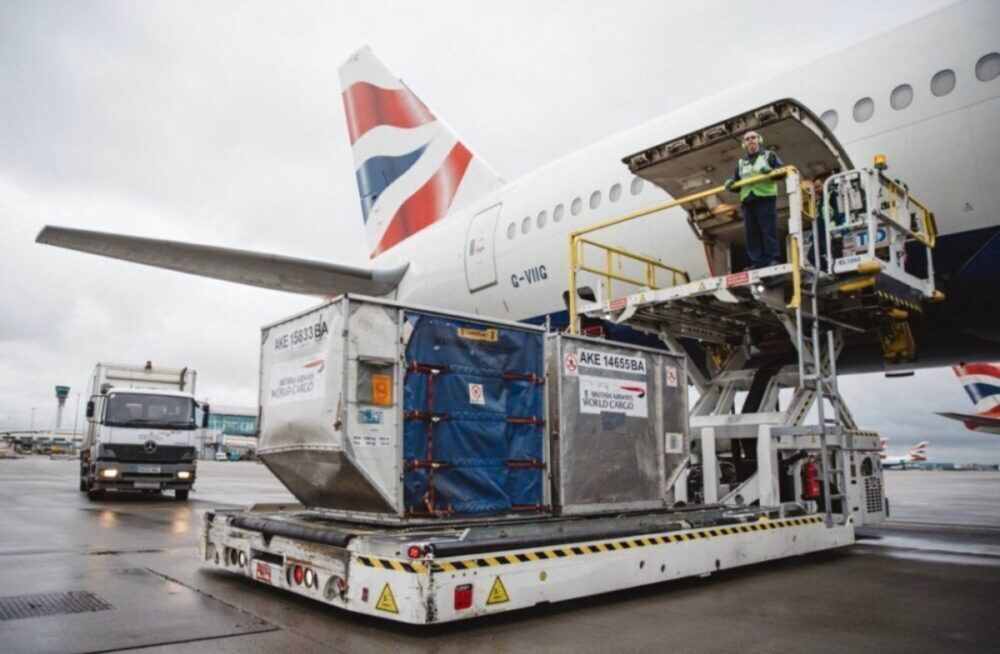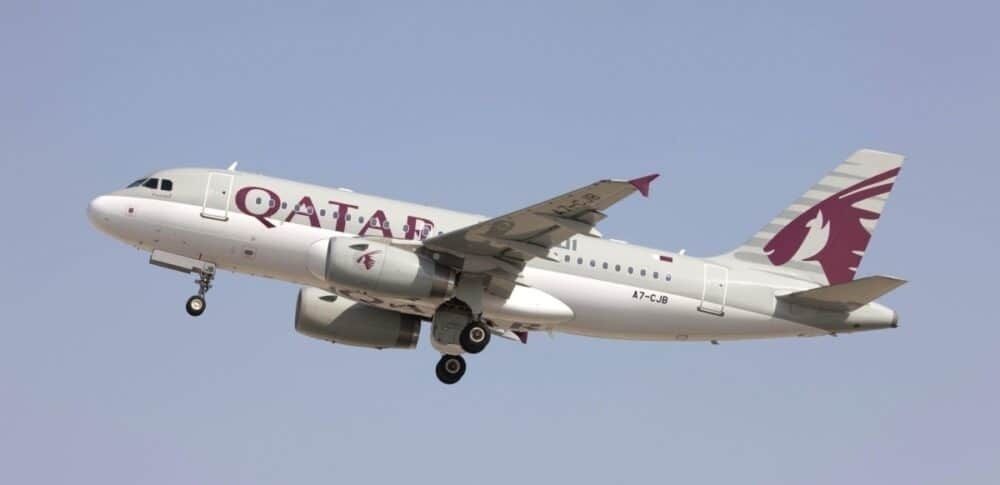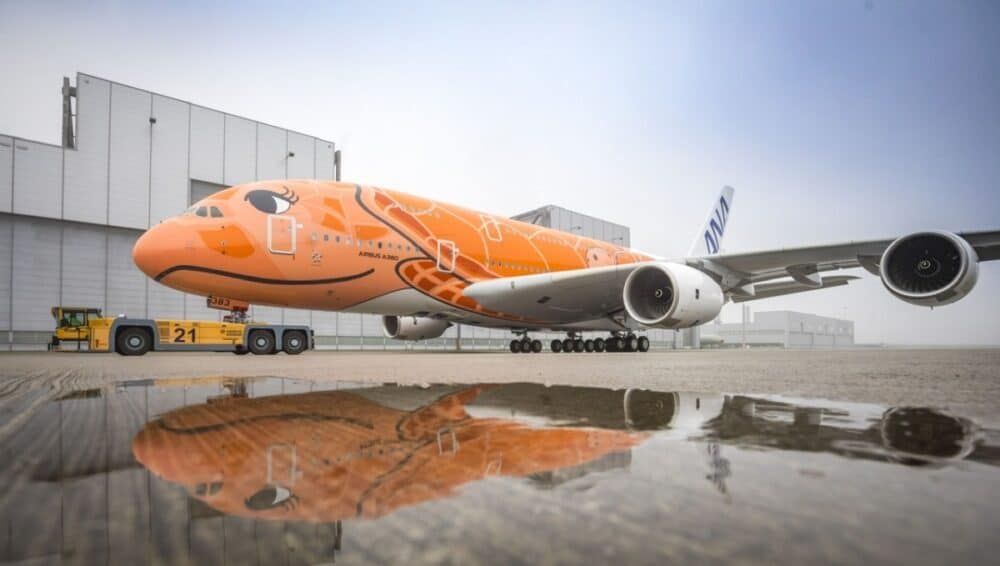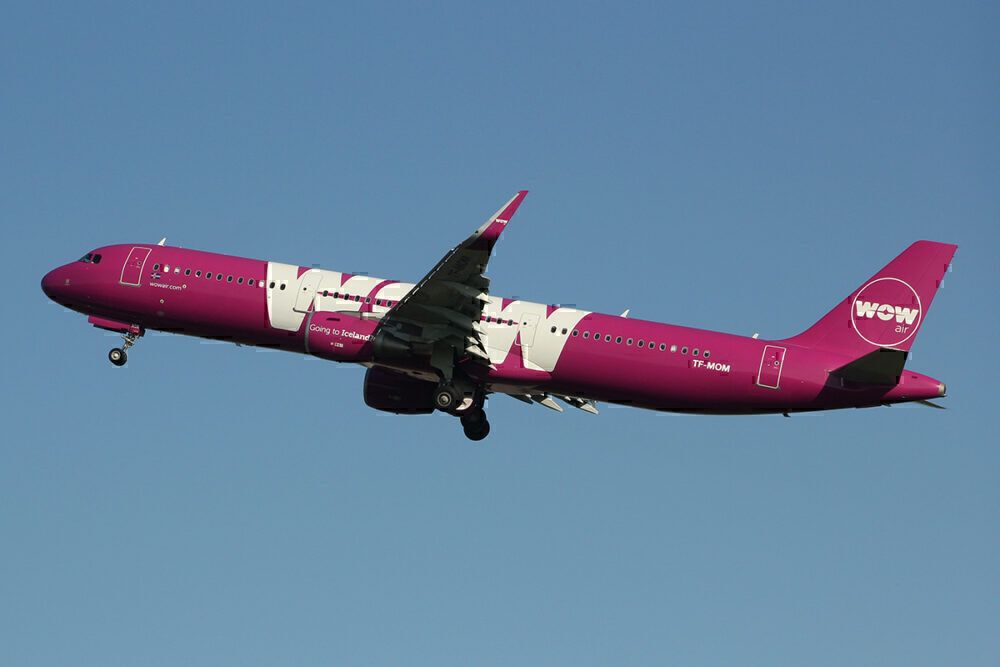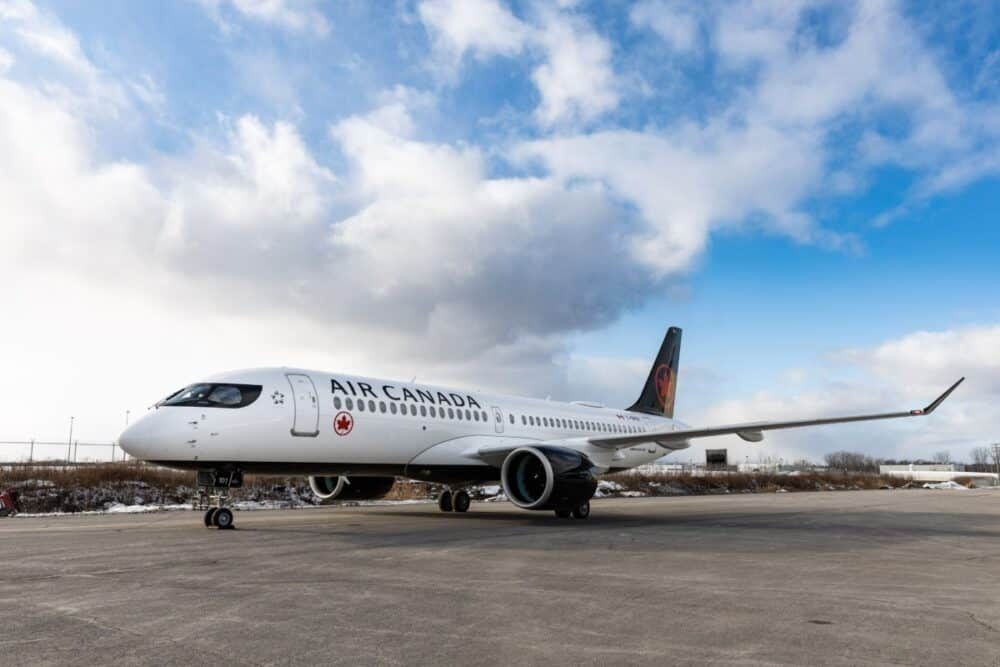Covering the wide world of commercial aviation, Simple Flying will often report on aircraft incidents. We'll also write about the first deliveries of a type to an airline or notable retirements. We've also recently run a series on the oldest aircraft of a particular type of model. One common thread that runs through all of these articles is that aircraft registration codes are mentioned. These codes are one of the primary ways to uniquely identify a particular aircraft apart from other aircraft of the same type, flying for the same airline. Have you ever thought about these codes and if there is any sort of pattern to them?
The background and history of aircraft registration codes
According to the International Civil Aviation Organization (ICAO), what we call aircraft registrations are technically known as Aircraft Nationality and Registration Marks.
These have been set by the ICAO to comply with Articles 17 to 21 of the 1944 Chicago Convention. We won't list all five articles of the Convention here, but Article 20 is probably the clearest one of them all:
"Every aircraft engaged in international air navigation shall bear its appropriate nationality and registration marks."
As the ICAO governs civil aviation and air travel as we know it, all airlines must abide by the rules set out by the organization in order to fly commercially between member states.
Member states, those that are signatories to the Chicago Convention, are the overwhelming majority. However, according to Skybrary, there are a few exceptions. The countries of Dominica, Liechtenstein, and Tuvalu are listed as non-Contracting states - those who have not signed and do not adhere to the Chicago Convention.
Embedded within registration codes is the aircraft's nationality. The concept of nationality for aircraft was adapted from maritime law, where the national flag is used to indicate a ship's country of registration.
Stay informed: Sign up for our daily aviation news digest.
Dissecting a registration code
With the background out of the way, what do all the letters and numbers mean within an aircraft's registration code?
The CIA's World Factbook states that aircraft registration numbers consist of two parts:
- A prefix consisting of a one- or two-character alphanumeric code indicating nationality and
- A registration suffix of one to five characters for the specific aircraft.
The prefix codes are based upon radio call-signs allocated by the International Telecommunications Union (ITU) to each country. Since 1947, the International Civil Aviation Organization (ICAO) has managed code standards and their allocation.
Sometimes there is an unwritten 'third part' in which a series of aircraft will share the first few letters of a suffix, and then be listed in a series such as A, B, C, or 1, 2, 3. We'll provide examples below.
It should be noted that when an aircraft changes hands - particularly going from one country to another - its registration code will change.
Dissecting a registration code: Examples
Let's look at a few real-world examples to apply this knowledge:
JA381A: This is All Nippon Airway's (ANA) very first Airbus A380. Because ANA is a Japanese airline, this aircraft - as with all other aircraft in its fleet - will have registrations beginning with JA. The suffix, then, would be 381A.
There is no strict requirement for the suffix to adhere to any pattern, which can be assigned quite freely. The only stipulation is that it must be unique. Therefore, in this case, we can guess that the airline decided to include the numbers three and eight in the registration to make special mention on paper that it is an A380. In fact, ANA's second A380 is registered as JA382A. Can you guess what ANA's third and final A380 will be designated as?
G-ZZZA: This is the very first Boeing 777 produced for British Airways (not necessarily the first to be delivered). The first part of this code is the letter G, which indicates the aircraft is registered in the United Kingdom. The next part of this code was again something special and cheeky on the part of BA.
As noted in a previous article, ZZZ was chosen because it most closely resembles "777". As it was the first delivery of an order, an "A" was added to the end of it. There were four subsequent 777s after this - can you guess what their codes are? (If you guessed G-ZZZB, ZZZC, ZZZD, and ZZZE, you'd be right!).
Interesting registration codes
Aviationhumor.net has a list of amusing registration codes for those with a less refined sense of humor...
Some aircraft on the list include:
- I-SMEL: A Meridiana MD-80, registered in Italy.
- D-IRTY: A Cessna 340A, registered in Germany.
- SE-XXY: An Aviat Eagle II, registered in Sweden.
Also, as we alluded to above with British Airways' choice of registrations for their first 777s, some airlines have decided to have more fun with naming their aircraft.
WOW Air: The defunct (for now) Icelandic budget airline decided to have an overall theme for part of its fleet. Some of its A320s and A321s have' family names' as part of their registrations. With TF being Iceland's country prefix, here are examples:
- TF-SIS
- TF-BRO
- TF-MOM
- TF-DAD
- TF-KID
- TF-SON
Air Canada's first Airbus A220: One fun fact that we picked up at a July 2020 Air Canada media event was that the airline's very first Airbus A220 was assigned C-GROV. While C is Canada's nationality prefix and G has been used for a number of other aircraft in the fleet, ROV was chosen to honor the airline's CEO - Calin Rovinescu.
Always necessary yet sometimes fun
As you can see, aircraft registration codes are a necessary part of civil aviation. For us reporting on events, they allow us to reference a particular plane and look at its history quickly. Using registration codes with tools like Airfleets and Planespotters.net, we can see which airlines have previously owned an aircraft as well as other exciting trivia and data.
However, airlines have found a way to make the registration code something fun - especially for avid planespotters - who may enjoy the hunt to photograph an entire series.
Did you know about aircraft registration codes and their peculiarities? Let us know in the comments.

